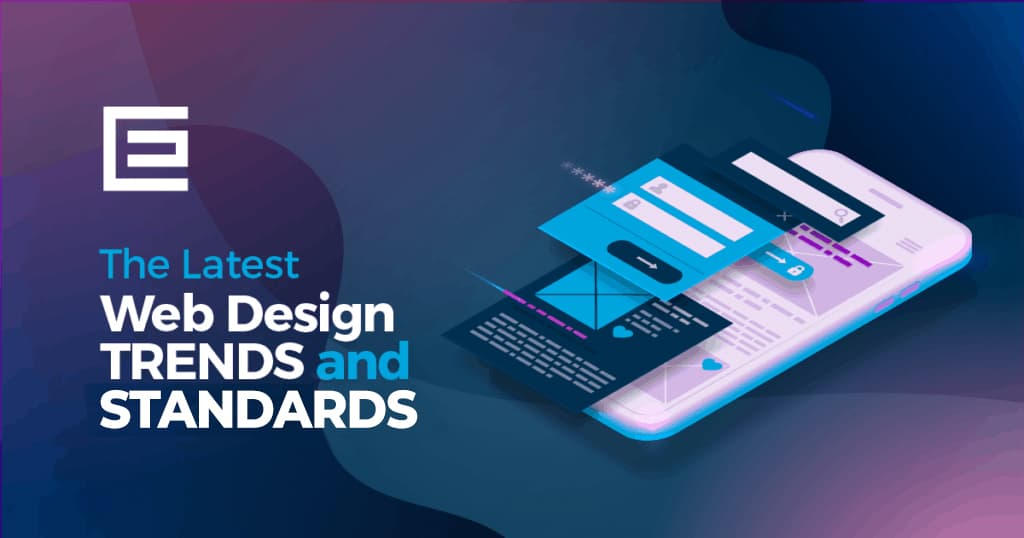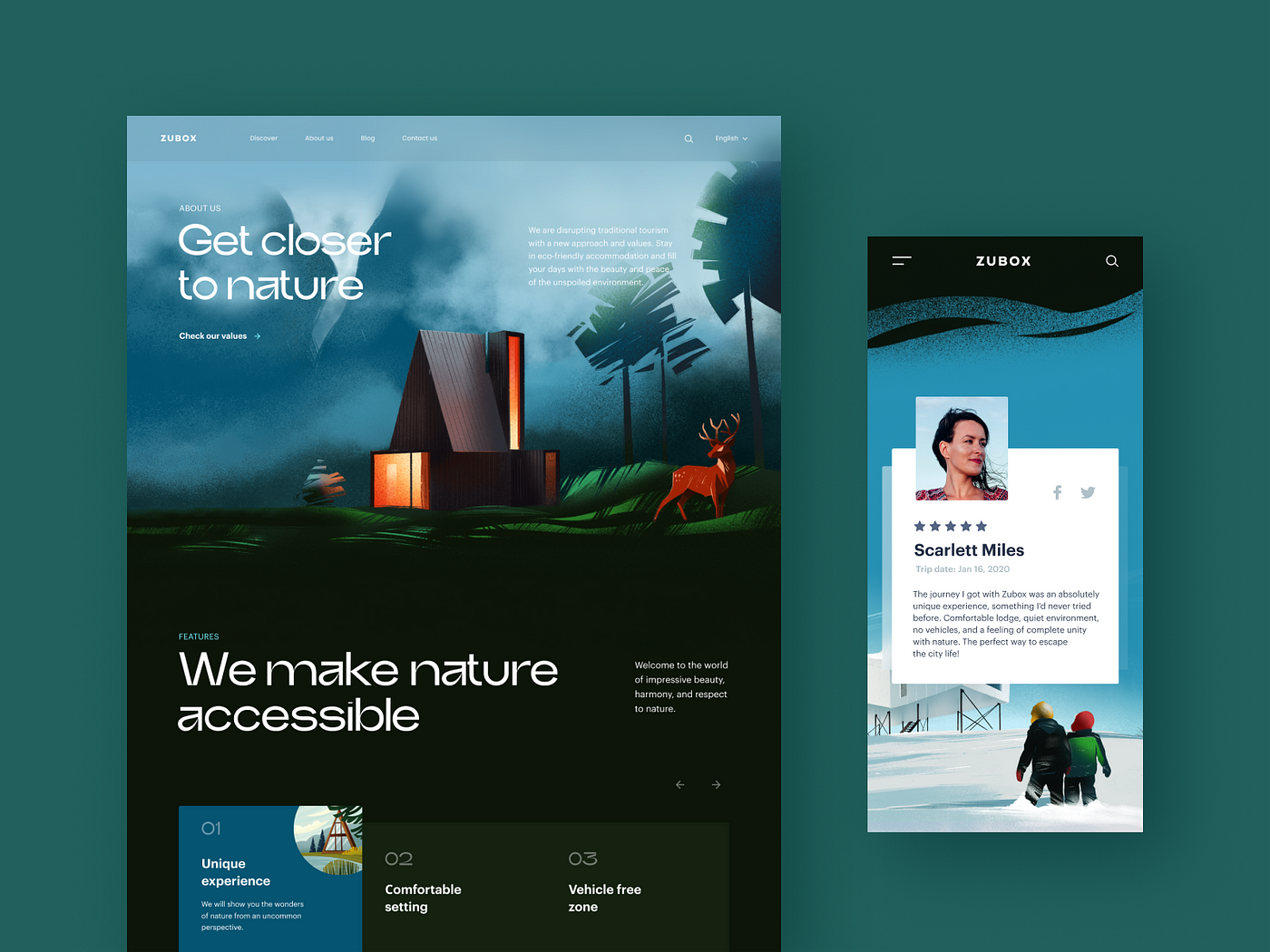Checking Out the Effect of Receptive Web Layout on Ease Of Access and Customer Satisfaction Throughout Various Tools
The introduction of receptive web style (RWD) has transformed the digital landscape, particularly in enhancing availability and customer fulfillment throughout a plethora of tools. By employing flexible user interfaces and versatile formats, RWD not just provides to diverse user needs however likewise resolves the crucial relevance of inclusivity in web experiences.
Meaning of Receptive Website Design

The core concept of RWD is to provide an optimum viewing experience, that includes simple reading and navigating without the need for extreme scrolling or resizing. This versatility is crucial in an electronic landscape where individuals accessibility information with numerous devices with differing screen resolutions. RWD not only enhances usability but additionally boosts load times, as it usually utilizes a single codebase to offer numerous gadgets, minimizing the requirement for different mobile websites.
Eventually, Receptive Internet Design aims to produce a cohesive and interesting user experience, making sure that material is visually enticing and functionally efficient, no matter of the gadget being used. This flexibility is essential in satisfying the diverse needs of today's net individuals, fostering involvement and fulfillment across systems.
Significance of Availability
Exactly how can we make sure that all individuals, no matter of their capabilities, can involve with internet content efficiently? Ease of access in website design is of extremely important value, as it fosters inclusivity and makes sure equivalent access to details for individuals with impairments. This incorporates visual, auditory, and cognitive problems, requiring designers to consider varied user requirements.

By focusing on availability, companies not only abide with lawful requirements but likewise enhance their brand name credibility, showing a commitment to social duty. Additionally, obtainable internet sites usually result in boosted usability for all individuals, as attributes developed for inclusivity can profit a wider target market.
Inevitably, the significance of access goes beyond plain conformity; it has to do with creating a digital environment where every individual can browse, understand, and involve with material successfully, therefore improving the total internet experience for everyone.

User Satisfaction Across Instruments
Numerous individuals anticipate a seamless experience when accessing web material across different tools, from desktops to mobile phones. This expectation is rooted in the boosting variety of gadgets and display dimensions available today. Responsive website design (RWD) plays a crucial role in satisfying these assumptions by guaranteeing that web sites adjust fluidly to different display screen environments.
User contentment is significantly influenced by the availability and functionality of a website. When users can quickly navigate, check out, and connect with material no matter of the tool directory they are utilizing, their total satisfaction increases. A well-implemented responsive design reduces the requirement for zooming or horizontal scrolling, which can lead and discourage customers to greater bounce prices.
As individuals engage with content that is customized to their gadget, they are much more likely to invest time on the site, return for future gos to, and advise it to others. Eventually, responsive internet style fosters a favorable connection between customers and web content throughout gadgets.

Effect On Mobile Users
Over 54% of global internet traffic currently stems from smart phones, highlighting the vital significance of maximizing web experiences for this customer base. Responsive internet design (RWD) plays an essential role in boosting ease of access and customer fulfillment for mobile users. By adapting format, pictures, and capabilities to different display dimensions, RWD guarantees that web content is not only visually attractive yet likewise easily navigable, no matter of the device utilized.
The influence of RWD on mobile customers extends beyond visual appeals; it considerably influences use. A well-designed responsive website lowers the requirement for too her explanation much scrolling and zooming, facilitating a much more instinctive communication. It fosters inclusivity by accommodating users with varying capabilities, making sure that those that count on mobile tools can access details with ease.
Additionally, mobile individuals benefit from quicker filling times, as RWD enhances sources based upon gadget capabilities - web design. This efficiency is important, as mobile individuals often seek quick information and may desert sites that stop working to fill immediately. Ultimately, the combination of responsive website design is crucial for fulfilling the varied requirements of mobile individuals, improving their overall experience and encouraging continued involvement with the web content
Ideal Practices for Application
Executing responsive web layout (RWD) effectively requires adherence to numerous finest methods more that guarantee optimal efficiency throughout gadgets. First, utilizing a liquid grid format is necessary; this enables aspects to resize proportionally based on the display dimensions, giving a smooth experience. Furthermore, employing adaptable images makes certain that visuals range correctly without losing top quality or creating layout problems.
Next, implementing media inquiries is essential for using different designs based upon tool qualities. These questions allow developers to tailor the individual experience for particular resolutions, boosting usability and accessibility. Prioritizing mobile-first style can lead to better efficiency by initially focusing on the smallest displays and progressively enhancing the experience for bigger tools.
It is additionally important to frequently examine the website across different systems and tools to identify prospective use issues. Tools such as web browser programmer devices and receptive layout testing services can help in this procedure. Guaranteeing that all interactive aspects are touch-friendly and enhancing web page tons times substantially add to individual satisfaction and availability. By sticking to these finest practices, companies can produce a easily accessible and robust web presence that meets the diverse demands of customers throughout different devices.
Verdict
In final thought, receptive website design plays a critical function in enhancing accessibility and customer complete satisfaction throughout varied devices. By applying versatile grids, images, and media inquiries, RWD helps with a smooth individual experience, specifically for people with handicaps. As mobile usage proceeds to enhance, the fostering of RWD ends up being vital for delivering visually appealing and functionally efficient web sites. Ultimately, the combination of ideal methods in responsive layout promotes inclusivity, lowers bounce rates, and advertises better individual involvement.
The introduction of receptive internet design (RWD) has changed the electronic landscape, particularly in improving access and user complete satisfaction throughout a plethora of devices.Responsive Web Layout (RWD) transforms the individual experience throughout different devices by making sure that internet content adapts fluidly to different screen sizes and positionings. Eventually, responsive web style promotes a positive relationship between customers and web material throughout tools.
Over 54% of international internet website traffic currently stems from mobile gadgets, highlighting the essential importance of optimizing internet experiences for this customer base. Receptive web style (RWD) plays an essential function in improving availability and individual fulfillment for mobile individuals.